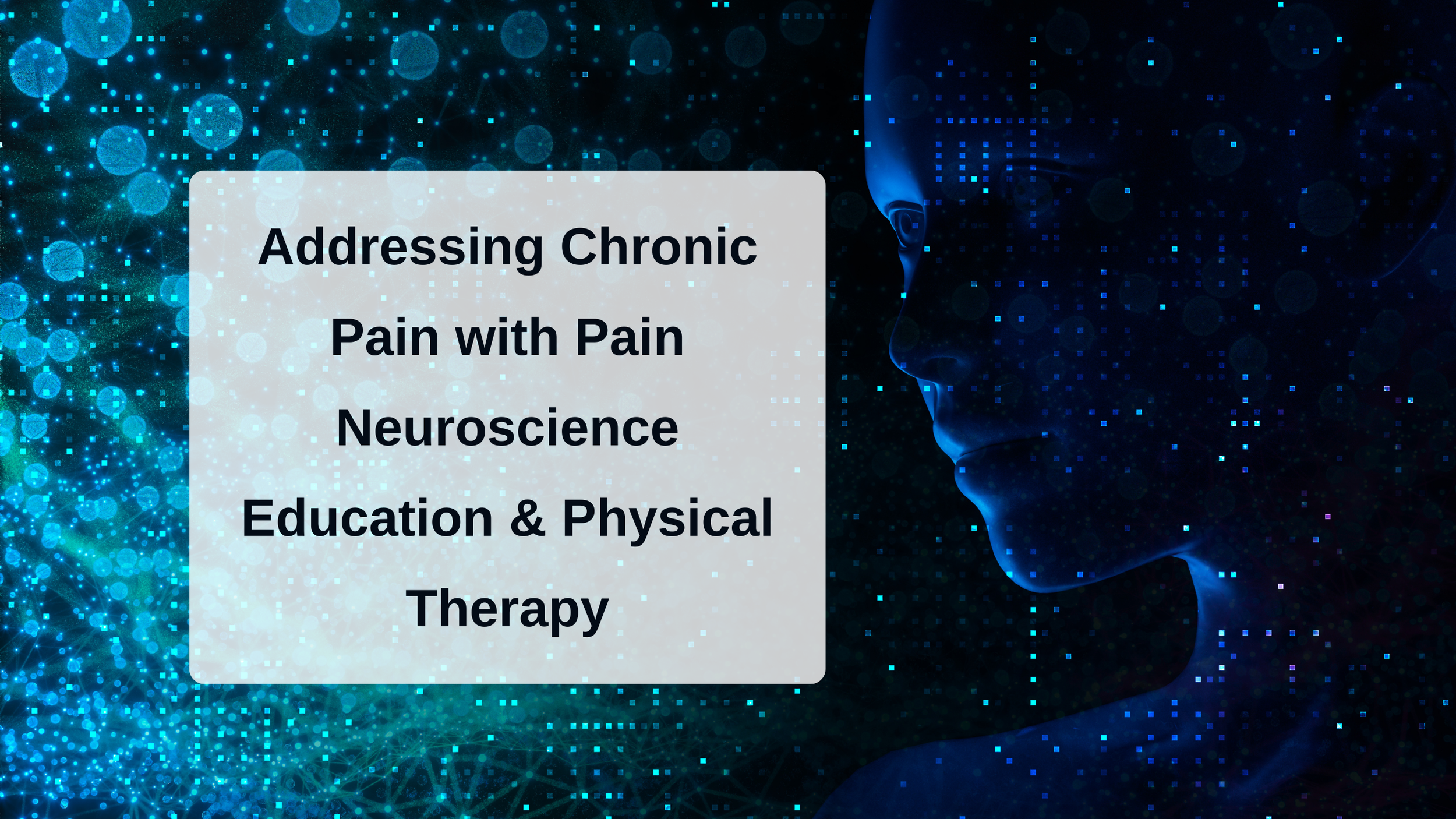Mangiarelli Rehabilitation Physical Therapy Blog
Managing Cervicogenic Headaches with Physical Therapy
Cervicogenic headaches are caused by musculoskeletal dysfunction in the upper cervical spine that refers pain to the head, often developing on one side of the head. Physical therapy is often the first line of treatment for cervicogenic headaches and can help manage pain and address the underlying cause of the headache pain through a targeted manual therapy and strengthening exercises program.
7 Benefits of Exercise for Individuals with Arthritis
Exercise is one of the most effective ways to improve arthritic pain, stiffness, and decreased range of motion in your joints. Arthritis is a chronic, progressive condition that causes inflammation, pain, and stiffness in one or more joints. The goal of an exercise program for those with arthritis is to preserve or restore range of motion and flexibility in affected joints, increase muscle strength & endurance to take stress off of arthritic joints, and increase aerobic conditioning. Check out seven benefits of exercise for those with arthritis and our tips for how to exercise safely with arthritis!
Addressing Chronic Pain with Pain Neuroscience Education and Physical Therapy
Pain neuroscience describes pain as an output of the brain in which the nervous system functions as an alarm for the brain about pain in the body and the brain interprets these signals to decide whether pain would be beneficial for healing, causing the nerves to increase their sensitivity in the injured area. In a patient with chronic pain, the nervous system remains hypervigilant, signaling to the brain that an area of the body is injured and painful, even when the tissue is no longer damaged. Combining physical therapy exercise and pain neuroscience education (PNE) helps chronic pain patients desensitize the sensitive chronic pain area through graded movement and understand the mechanism of pain in their body.
Debunking 6 Myths About Arthritis
Arthritis, a chronic, progressive condition characterized by inflammation of the joints, is the leading cause of disability in the United States, affecting more than 50 million people. Physical therapists can help reduce arthritic symptoms, slow the progression of the disease, and create a customized, comprehensive program to help arthritis patients move safely and improve function, strength, and range of motion in the affected joints. However, there are numerous misconceptions about who is affected by arthritis and how to treat it effectively. Check out our post debunking 6 myths about arthritis!
The Role of Exercise in Stress Management
Regular exercise can help you complete the stress response cycle and help your body return to homeostasis. The stress response system is a mechanism that is triggered by a threat to one’s well-being or survival, causing a cascade of protective physiological responses that prepare the individual to combat the threat or flee from it. While this is helpful in response to an acute stressor, a chronic stress response can have detrimental effects on your physical and mental health, contributing to disease, chronic pain, and anxiety. Exercise helps you complete the stress cycle by engaging your body in movement, which completes the flight response your body prepares for when encountering a stressor. Exercise can also be used therapeutically to help calm the chronic stress response and reduce chronic pain through graded low-impact exercise.
February 2023 Newsletter
Check out our February 2023 Newsletter, highlighting addressing gait dysfunction with physical therapy, tips for managing swelling after injury, physical therapy for spondylolysis, and chronic knee pain causes & treatments.
Chronic Knee Pain Causes and Treatment
Chronic knee pain, which affects one in four Americans, can be debilitating and limit your function and mobility. Chronic knee pain involves ongoing pain, swelling, and sensitivity in the knee that lasts more than 4-6 months and can result from a traumatic injury that healed incorrectly or from medical conditions like osteoarthritis. Physical therapy can help you manage chronic knee pain long-term without the need for surgery to reduce pain and improve your mobility and function.


















